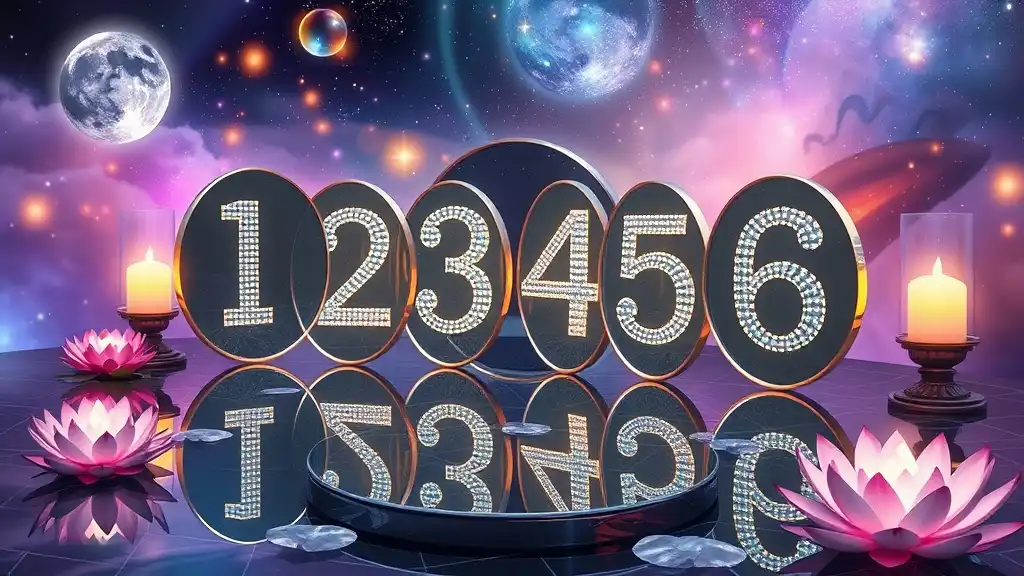Myrrh, a fragrant resin extracted from the Commiphora tree, has held a significant role throughout history, particularly in ancient cultures and within the pages of the Bible. Its deep-rooted importance is illustrated not only through its versatile applications but also in its spiritual connotations. In this article, we will delve into the spiritual meaning of myrrh in the Bible, exploring its historical context, scriptural references, symbolism, and theological implications.
Historical Context of Myrrh
What is Myrrh?
Myrrh is derived from the sap of the Commiphora tree, predominantly found in regions such as Arabia and Africa. This natural resin has a distinct aromatic quality and a rich history of use in various applications. Its antioxidant and anti-inflammatory properties made it a sought-after ingredient in traditional medicine, while its scent contributed to perfumes and incense.
Usage of Myrrh in Ancient Times
In ancient civilizations, myrrh was more than just a fragrant substance; it was a valuable commodity. Its medicinal properties made it a staple in the pharmacopeia of the time. Myrrh was utilized in the treatment of ailments such as wounds and digestive issues. Additionally, its incorporation in religious rituals highlighted its sacred nature.
In the context of burials, myrrh was instrumental. Ancient Egyptians, for example, used myrrh during the embalming process, believing it preserved the body for the afterlife. This highlights myrrh's multifaceted significance, straddling both the physical and the spiritual realms.

Myrrh in the Bible
Mention of Myrrh in Scripture
Myrrh is mentioned in several key Bible verses that reveal its importance in both ritual and personal contexts.
Exodus 30:23-25
In Exodus, God commands Moses to create a holy anointing oil using myrrh alongside other ingredients like cinnamon and calamus. This holy oil was used to consecrate the tabernacle and the priests, reiterating myrrh’s sacred role in worship.
Matthew 2:11
Myrrh appears in the New Testament when the Magi visit Jesus, presenting him with gifts of gold, frankincense, and myrrh. This offering symbolizes Jesus’ future suffering, as myrrh was associated with embalming and mourning.
John 19:39
Following Jesus' crucifixion, Joseph of Arimathea brings a mixture of myrrh and aloes to prepare Jesus’ body for burial. This act not only signifies deep respect but reinforces the connection of myrrh with death and the afterlife.
Symbolism of Myrrh
Spiritual Significance
The spiritual symbolism of myrrh is profound. Often, myrrh represents suffering and sacrifice. In presenting myrrh to Jesus, the Magi tacitly acknowledged that his life would not just be filled with joy and glory, but also with pain and ultimate sacrifice. Myrrh’s association with death reminds us of the transient nature of life and the necessity of accepting and understanding suffering as part of our spiritual journey.
In the context of Jesus’ life, myrrh serves to underscore his mission on Earth—to offer himself as a sacrifice for humanity’s salvation. This resin, which was used both to honor the deceased and prepare bodies for burial, serves as a poignant reminder of the duality of life: the celebration of birth and the mourning of death.
Myrrh in Worship and Rituals
In biblical worship, myrrh's use in the anointing oil signifies its powerful role in sacred rituals. Anointing with myrrh was not merely a physical act; it represented the invocation of divine presence and blessing. Through this holy oil, the relationship between the divine and human realms was established, marking sacred space and purpose.

Theological Implications of Myrrh
Myrrh and Christ's Life
Myrrh is particularly significant when considering Jesus' identity. The gift from the Magi can be interpreted as acknowledgment of Jesus’ kingly status, but it also foreshadows his impending passion. The inclusion of myrrh among the gifts signifies the recognition that his reign was inextricably linked to suffering and sacrifice.
Myrrh and Salvation
The theological implications of myrrh extend into the narrative of salvation. It serves as a bridge connecting the themes of suffering, redemption, and ultimately, resurrection. The use of myrrh at Jesus' burial serves as a poignant reminder of the cost of salvation and the depth of God's love for humanity. By linking myrrh to Jesus’ death, Scripture invites believers to reflect on the profound mystery of life, death, and resurrection.

Conclusion
In exploring the spiritual meaning of myrrh in the Bible, we uncover layers of significance that resonate deeply with believers. Myrrh encapsulates themes of suffering, sacrifice, and divine mission, reminding us of the complexity and beauty of the Christian narrative. As we contemplate the role of myrrh, we are invited to engage in our own spiritual journey, examining how suffering and redemption intertwine within our lives.
This exploration of myrrh not only adds depth to our understanding of biblical narratives but also enriches our personal reflections on spirituality and faith. Let us carry this understanding forward, inviting contemplation and reverence for the profound truths surrounding myrrh and its role in the sacred story of salvation.

Further Reading
For those interested in exploring the spiritual significance of myrrh in greater depth, consider reading scholarly articles, biblical commentaries, and theological texts that delve into the historical and spiritual contexts of this ancient resin.



















